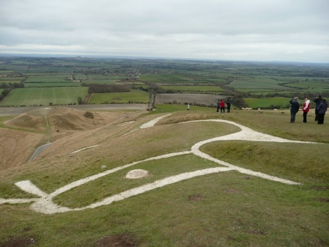

Of most interest to me, though, are that the trackways of the ancestral humans and the ancestral horses actually cross. It's so wonderful to be able to peer through the opacity of time, isn't it?

The trackways show us how the mare used the three hoofs on each leg, and show us that the foal was gamboling about in front of the mare. There were even arches in their feet, we now know.īut what wasn't widely reported was that also present on that African plain were the footprints of a relative of today's Equus - a mare and her little foal. Those footprints were written about all over the world when they were discovered, because they include a trail laid down by several of our ancestral relatives, who were then walking on two legs. We have footprints, preserved in ash that was falling from a volcano. It reads like a scene from a movie because we have some wonderful information about what specific living creatures were up to on one particular day so long ago. The section evokes a scene on the African plain from about 3.6 million years ago. But it so happens that (and a few pages thereafter) contain one of my favorite sections of the book - a section that I spent weeks thinking about.

I'm not the right one to speak about the quality of my book, of course. She applied the “ Test” to her new book, The Horse: The Epic History of Our Noble Companion, and reported the following: Wendy Williams is the author of several books, including Kraken and Cape Wind, and is a lifelong equestrienne.


 0 kommentar(er)
0 kommentar(er)
